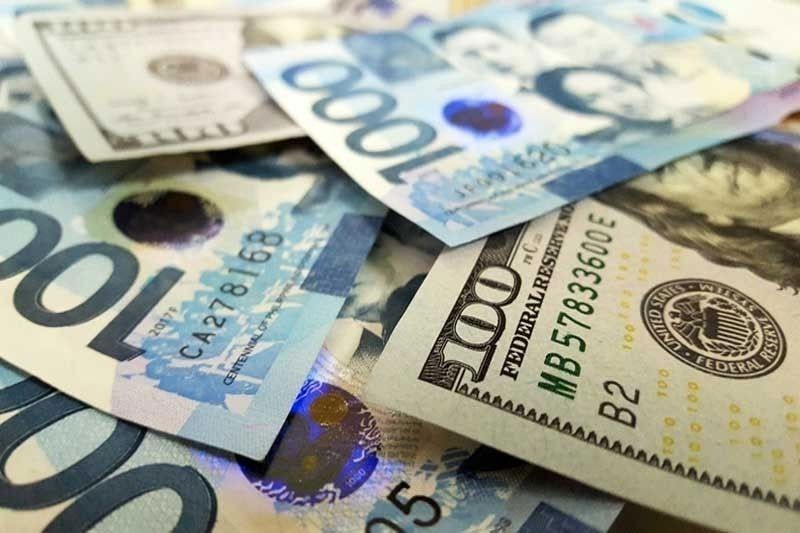Banks’ NPL ratio rises anew to 3.7% in January

MANILA, Philippines — The asset quality of Philippine banks deteriorated anew as the industry’s gross non-performing loan (NPL) ratio increased to 3.7 percent in January from 3.61 percent in December, as the mandated 60-day debt moratorium to soften the impact of the pandemic on borrowers expired last year, according to the Bangko Sentral ng Pilipinas (BSP).
The latest NPL ratio was also higher than the 2.16 percent recorded in January last year as the economy stalled when the government imposed in mid-March one of the longest and strictest lockdowns in the world.
Based on BSP data, the banking sector’s bad debts soared by nearly 67 percent to P392.26 billion in January from P234.987 billion in the same month last year as the debt payment holiday under Republic Act 11494 or Bayanihan to Recover As One Act or Bayanihan 2 lapsed in end-December last year.
On the other hand, the industry’s loan book contracted by 2.6 percent to P10.68 trillion from P10.89 trillion as banks remain risk averse due to concerns about the paying capacity of borrowers. This is despite the aggressive 200 basis points cuts in interest rates by the Monetary Board last year to cushion the impact of the pandemic on the economy.
Data from the central bank showed that past due loans, referring to all types of loans left unsettled beyond payment date, surged by more than 58 percent to P505.84 billion from P319.64 billion for a past due ratio of 4.77 percent.
Likewise, the industry’s restructured loans more than quadrupled to P194.47 billion in January from P44.7 billion in the same month last year, translating to a restructured loan ratio of 1.83 percent.
In anticipation of rising defaults brought about by uncertainties due to the global health crisis, the industry allowance for credit losses jumped by 72.4 percent to P371.1 billion in January from P215.2 billion a year ago, representing a loan loss reserve ratio of 3.5 percent.
This helped improve the industry’s NPL coverage ratio to 94.61 percent from 91.58 percent.
Both S&P Global Ratings and Fitch Ratings see a long road to recovery for Philippine banks.
S&P expects Philippine banks to return to pre-pandemic financial performance only by 2023 as the industry’s NPL ratio is seen increasing to six percent this year.
Likewise, Fitch said the banking system’s credit weakness would likely persist as the sector’s NPL ratio is set to further rise to a range of 4.5 to five percent this year despite the projected slow economic recovery as well as the enactment of RA 11523 or the Financial Institution Strategic Transfer (FIST) Act.
The law aims to help curb NPL ratios and position the industry for recovery by allowing banks to divest bad loans from their balance sheets and amortize any losses from these sales for up to five years.
- Latest
- Trending






























